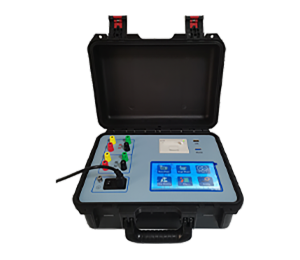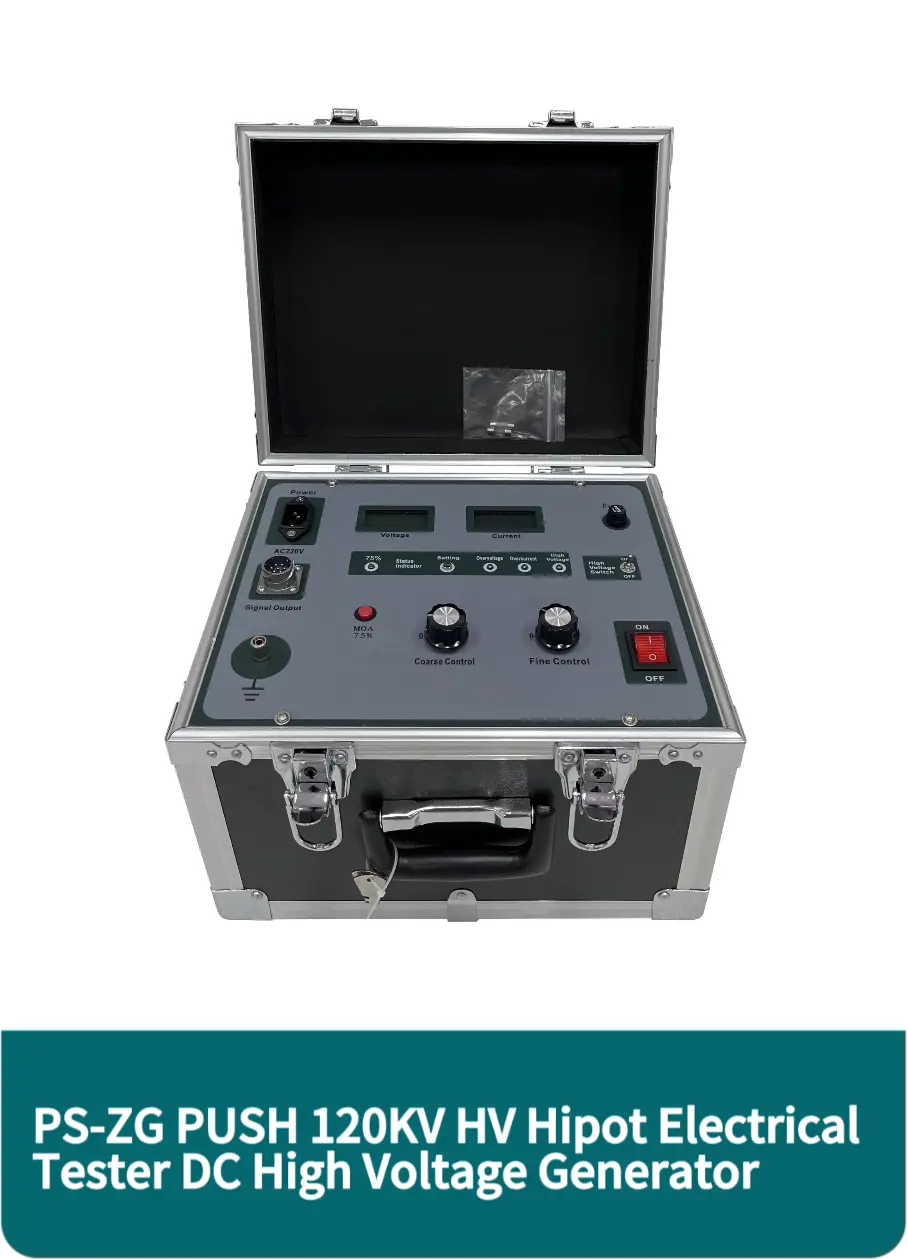TEL:
+86-0312-3189593
 English
English

Telephone:0312-3189593

Email:sales@oil-tester.com

-
 Afrikaans
Afrikaans -
 Albanian
Albanian -
 Amharic
Amharic -
 Arabic
Arabic -
 Armenian
Armenian -
 Azerbaijani
Azerbaijani -
 Basque
Basque -
 Belarusian
Belarusian -
 Bengali
Bengali -
 Bosnian
Bosnian -
 Bulgarian
Bulgarian -
 Catalan
Catalan -
 Cebuano
Cebuano -
 China
China -
 China (Taiwan)
China (Taiwan) -
 Corsican
Corsican -
 Croatian
Croatian -
 Czech
Czech -
 Danish
Danish -
 Dutch
Dutch -
 English
English -
 Esperanto
Esperanto -
 Estonian
Estonian -
 Finnish
Finnish -
 French
French -
 Frisian
Frisian -
 Galician
Galician -
 Georgian
Georgian -
 German
German -
 Greek
Greek -
 Gujarati
Gujarati -
 Haitian Creole
Haitian Creole -
 hausa
hausa -
 hawaiian
hawaiian -
 Hebrew
Hebrew -
 Hindi
Hindi -
 Miao
Miao -
 Hungarian
Hungarian -
 Icelandic
Icelandic -
 igbo
igbo -
 Indonesian
Indonesian -
 irish
irish -
 Italian
Italian -
 Japanese
Japanese -
 Javanese
Javanese -
 Kannada
Kannada -
 kazakh
kazakh -
 Khmer
Khmer -
 Rwandese
Rwandese -
 Korean
Korean -
 Kurdish
Kurdish -
 Kyrgyz
Kyrgyz -
 Lao
Lao -
 Latin
Latin -
 Latvian
Latvian -
 Lithuanian
Lithuanian -
 Luxembourgish
Luxembourgish -
 Macedonian
Macedonian -
 Malgashi
Malgashi -
 Malay
Malay -
 Malayalam
Malayalam -
 Maltese
Maltese -
 Maori
Maori -
 Marathi
Marathi -
 Mongolian
Mongolian -
 Myanmar
Myanmar -
 Nepali
Nepali -
 Norwegian
Norwegian -
 Norwegian
Norwegian -
 Occitan
Occitan -
 Pashto
Pashto -
 Persian
Persian -
 Polish
Polish -
 Portuguese
Portuguese -
 Punjabi
Punjabi -
 Romanian
Romanian -
 Russian
Russian -
 Samoan
Samoan -
 Scottish Gaelic
Scottish Gaelic -
 Serbian
Serbian -
 Sesotho
Sesotho -
 Shona
Shona -
 Sindhi
Sindhi -
 Sinhala
Sinhala -
 Slovak
Slovak -
 Slovenian
Slovenian -
 Somali
Somali -
 Spanish
Spanish -
 Sundanese
Sundanese -
 Swahili
Swahili -
 Swedish
Swedish -
 Tagalog
Tagalog -
 Tajik
Tajik -
 Tamil
Tamil -
 Tatar
Tatar -
 Telugu
Telugu -
 Thai
Thai -
 Turkish
Turkish -
 Turkmen
Turkmen -
 Ukrainian
Ukrainian -
 Urdu
Urdu -
 Uighur
Uighur -
 Uzbek
Uzbek -
 Vietnamese
Vietnamese -
 Welsh
Welsh -
 Bantu
Bantu -
 Yiddish
Yiddish -
 Yoruba
Yoruba -
 Zulu
Zulu
ఫిబ్ర . 11, 2025 01:07
Back to list
bdv transformer test
In the world of electrical engineering, potential transformers (PTs) play a critical role in the measurement of voltage levels, particularly in high-voltage transmission systems. Their precise calibration and testing are essential to ensure accurate voltage readings and overall safety. This article delves into the intricate process of potential transformer testing, offering insights derived from decades of industry experience and expert knowledge.
When conducting PT tests, accuracy and precision in measurement are paramount. Utilizing high-quality testing equipment ensures that all readings are precise, reflecting the true characteristics of the transformer under test. Calibrated measurement devices, often certified to international standards, are crucial. Trustworthy results enhance the reliability of the electrical systems where these transformers operate, underpinning an entire infrastructure of energy distribution. Moreover, expertise in the interpretation of test data is invaluable. Experienced engineers can diagnose subtle inconsistencies or deviations in test results, potentially revealing latent issues in design or manufacture. An engineer versed in the subtleties of PT testing might detect patterns indicating the early stages of insulation degradation or core losses, enabling preventative maintenance or design improvements. This authoritative understanding of potential transformer behavior is foundational in predictive maintenance strategies embraced by leading power companies worldwide. Safety cannot be overstated in potential transformer testing. The high-voltage nature of these devices demands that all testing procedures prioritize the safety of personnel and equipment. Comprehensive safety protocols, from using insulated tools and safety gear to following strict procedural guidelines, underpin the trustworthiness of the testing environment. This emphasis on safety not only protects engineers but also enhances the overall reliability of the testing results, cementing the credibility we assign to PT installations. In conclusion, the testing of potential transformers is not merely a procedural requirement but a critical aspect of electrical system integrity and safety. Insights from experienced professionals reveal that the meticulous process of PT testing, grounded in expertise and executed with precision, stands paramount in verifying the performance and reliability of these essential components. As industries continue to evolve and demand ever-higher levels of electrical performance and safety, the role of rigorous potential transformer testing remains indispensable. Through continual advancements and adherence to best practice guidelines, potential transformer testing will continue to safeguard the electrical grids, ensuring efficiency and safety are not compromised.


When conducting PT tests, accuracy and precision in measurement are paramount. Utilizing high-quality testing equipment ensures that all readings are precise, reflecting the true characteristics of the transformer under test. Calibrated measurement devices, often certified to international standards, are crucial. Trustworthy results enhance the reliability of the electrical systems where these transformers operate, underpinning an entire infrastructure of energy distribution. Moreover, expertise in the interpretation of test data is invaluable. Experienced engineers can diagnose subtle inconsistencies or deviations in test results, potentially revealing latent issues in design or manufacture. An engineer versed in the subtleties of PT testing might detect patterns indicating the early stages of insulation degradation or core losses, enabling preventative maintenance or design improvements. This authoritative understanding of potential transformer behavior is foundational in predictive maintenance strategies embraced by leading power companies worldwide. Safety cannot be overstated in potential transformer testing. The high-voltage nature of these devices demands that all testing procedures prioritize the safety of personnel and equipment. Comprehensive safety protocols, from using insulated tools and safety gear to following strict procedural guidelines, underpin the trustworthiness of the testing environment. This emphasis on safety not only protects engineers but also enhances the overall reliability of the testing results, cementing the credibility we assign to PT installations. In conclusion, the testing of potential transformers is not merely a procedural requirement but a critical aspect of electrical system integrity and safety. Insights from experienced professionals reveal that the meticulous process of PT testing, grounded in expertise and executed with precision, stands paramount in verifying the performance and reliability of these essential components. As industries continue to evolve and demand ever-higher levels of electrical performance and safety, the role of rigorous potential transformer testing remains indispensable. Through continual advancements and adherence to best practice guidelines, potential transformer testing will continue to safeguard the electrical grids, ensuring efficiency and safety are not compromised.
Previous:
Next:
Latest news
-
Testing Equipment Industry Sees Major Advancements in 2025: Smart & Precision Technologies Lead the WayNewsJun.06,2025
-
Applications of Direct Current Generators in Renewable Energy SystemsNewsJun.05,2025
-
Hipot Tester Calibration and Accuracy GuidelinesNewsJun.05,2025
-
Digital Circuit Breaker Analyzer Features and BenefitsNewsJun.05,2025
-
Benefits of Real-Time Power Quality Monitoring Devices for Industrial EfficiencyNewsJun.05,2025
-
Earth Fault Loop Testing in High-Rise Building Electrical SystemsNewsJun.05,2025



